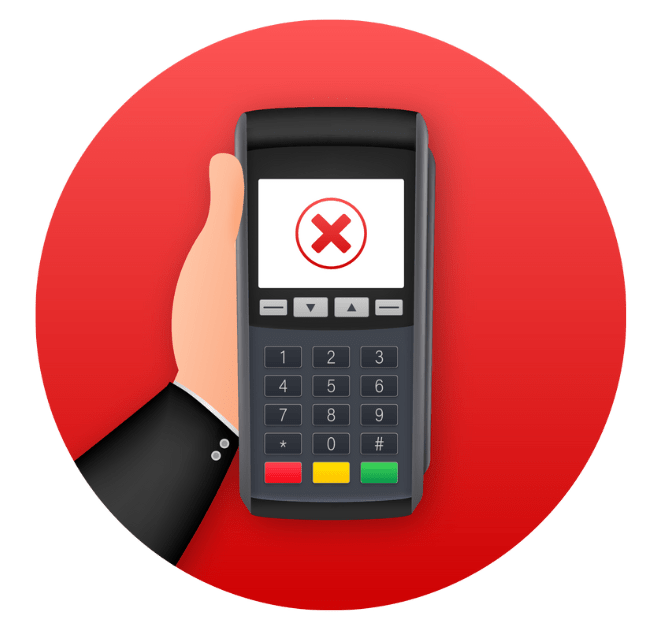Issuing Patient Refunds in your Dental Practice
Posted:
Last Updated:
for most practices, issuing PATIENT refundS IS an uncommon event.
Here are my suggestions to help with processing patient refunds in your practice.
NOTE: this article is not intended to provide advice regarding refunds to unhappy or dissatisfied patients. To learn more, please visit:
https://www.thedoctors.com/articles/handling-requests-for-refunds-in-the-dental-practice-setting
Issuing Refunds by Cash
Do not issue cash refunds. If an exception occurs where where you have to refund in cash, then make sure the patient signs a receipt for the cash. This will provide you with documentation that the refund was issued.
Issuing Refunds by Check
Issuing patient refunds by check is the recommended best method.

When issuing a refund check to a patient, prepare and mail every check yourself – or have an external bookkeeper do it for you. Do not prepare a refund check and then give it to an employee to put in the mail.
When an employee requests a patient refund check, ask the employee to provide:
- a copy of the patient’s ledger showing why the refund is required
- a completed “patient refund letter” (see the examples below)
- an envelope with the patient name and address.
Examine the patient’s account and any other documents (such as an insurance EOBs) to verify that the refund is bona-fide.
Take a quick look in the practice management software to confirm that the patient’s address is correct before you mail the check.
It may be a good idea to make a “refund authorization form” that your employees must complete and submit whenever a refund is requested.
Issuing Refunds by Credit Card

The merchant terminal in your practice should not allow employees to issue refunds to credit or debit cards without proper authorization. (i.e.: refunds must require an authorization code that is known only to practice owner)
Instructions on how you can set up your merchant terminal to restrict employees from issuing refunds are in the user guide that came with your merchant terminal or you can contact the company that processes your credit card payments and ask them for assistance.
Even with this restriction in place, it is important to review your merchant service statement each month to look for any refunds. You can spot the refunds on your merchant statement at a glance in the monthly summary page.
Theft of Refund Checks
In practices where refund checks are prepared or mailed by an employee, the refund check can be diverted (i.e.: “stolen”)
If you suspect that an employee may have taken a refund check, go online to your bank and look for an image of the cancelled refund check. Most banks will allow you to view a scanned image of each check that was drawn on your account.
Look at the reverse side of the cancelled refund check to see if the information matches the payee information. What you are looking for are markings on the back side of the check that suggest it was deposited into the “wrong account”
Often, a misappropriated check will end up being deposited into the same bank that the employee deposits their payroll, so look for a match.
If you have questions about this post, or require assistance, do not hesitate to contact me.


